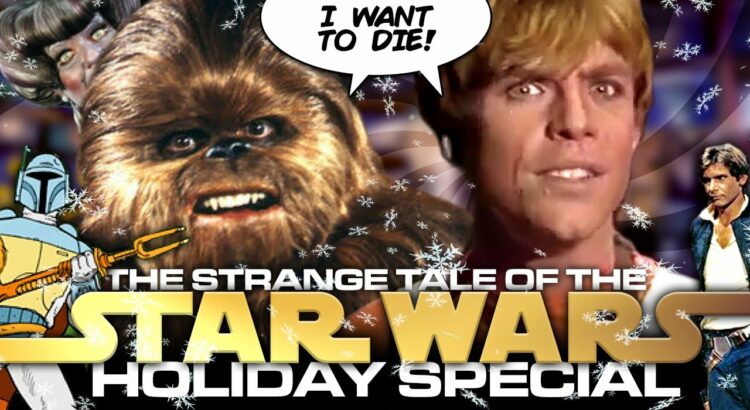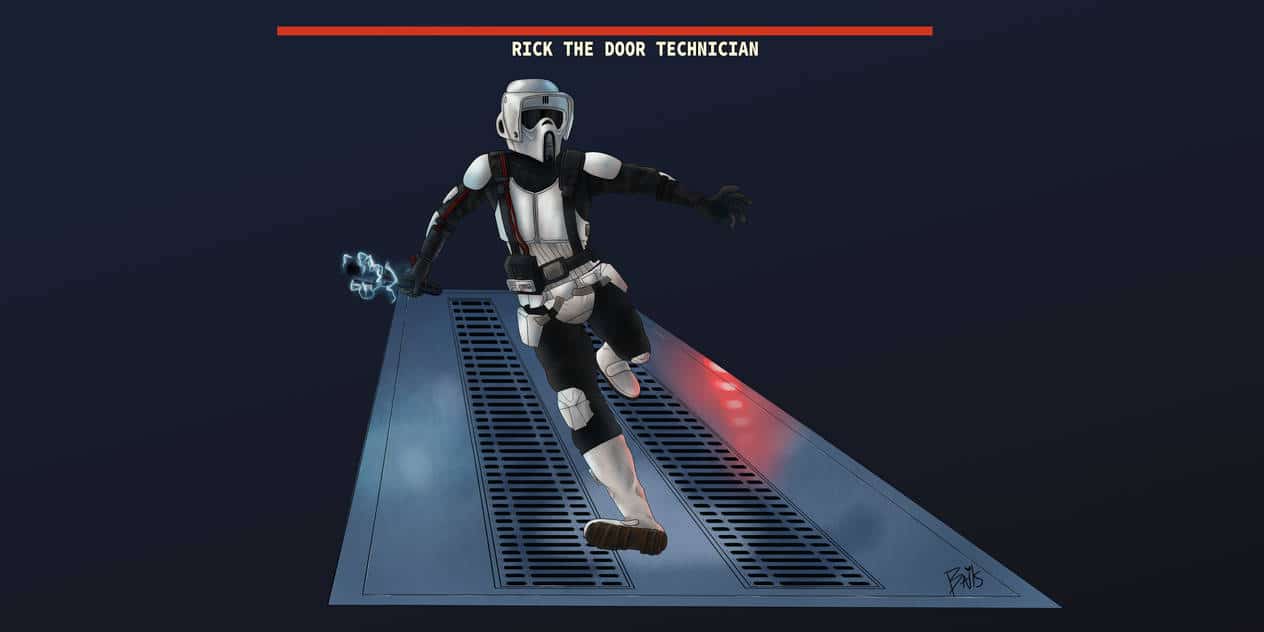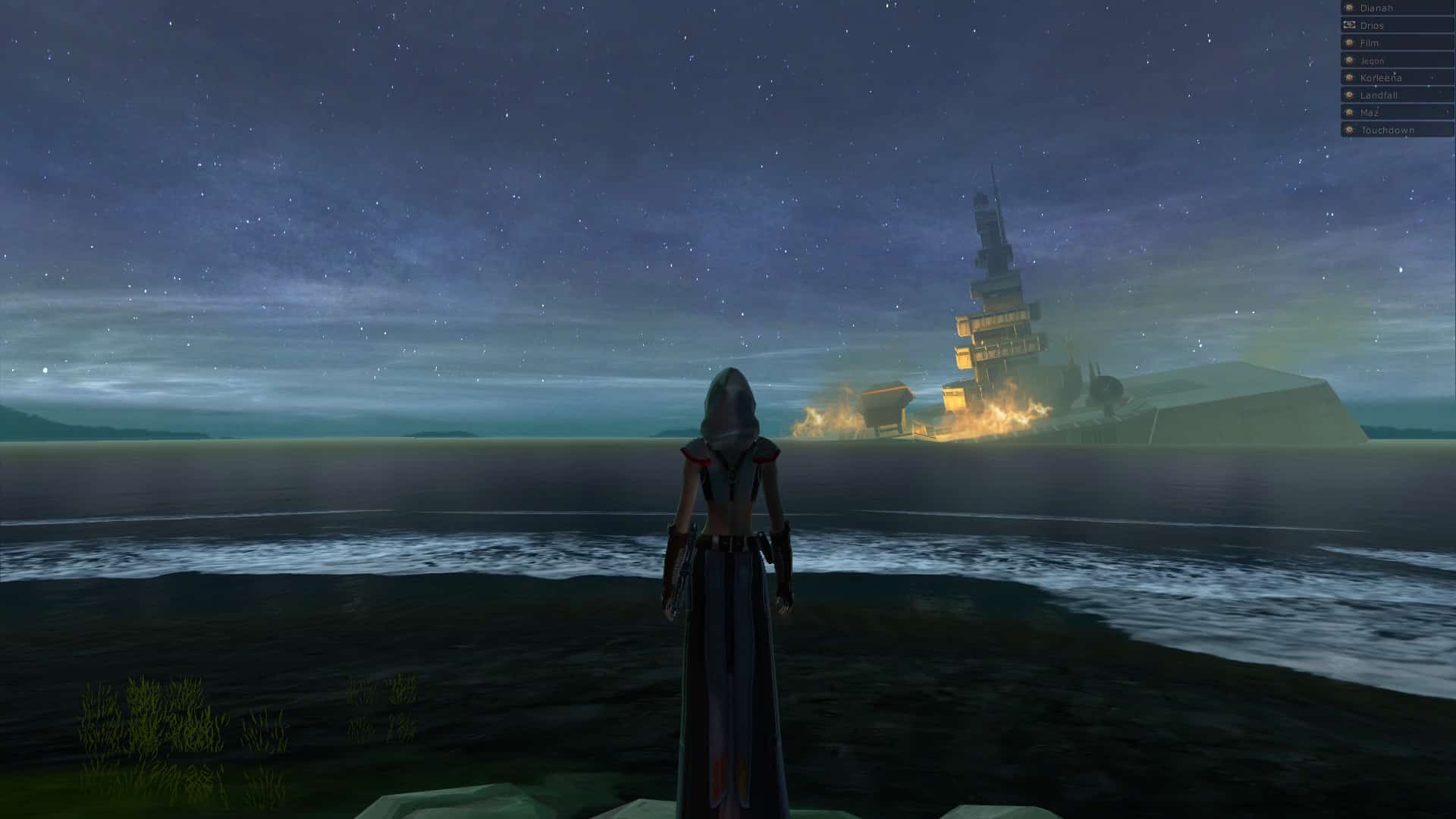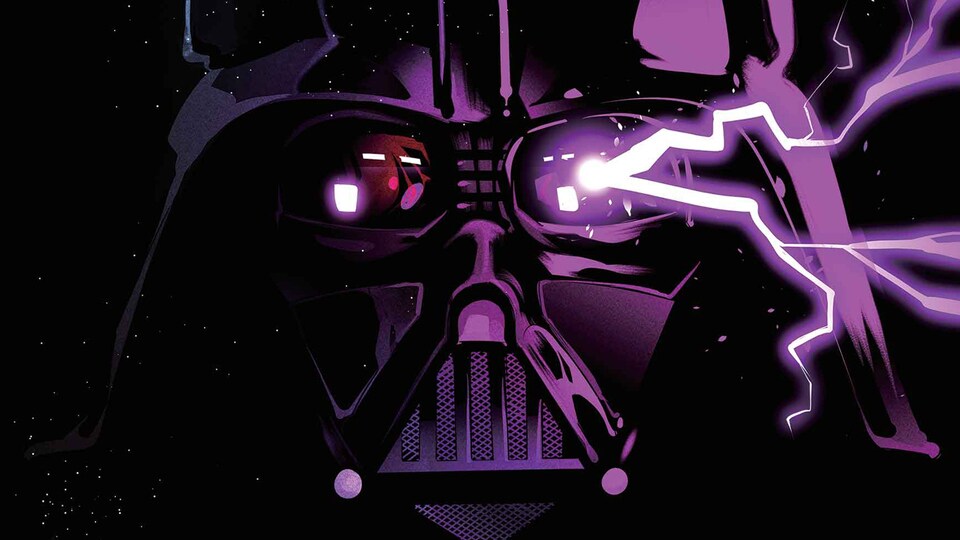The Star Wars Holiday Special is a 1978 television special that has gained notoriety among Star Wars fans for its low production value, bizarre storyline, and cringe-worthy musical performances. While the special has been largely panned by critics and fans alike, it remains a fascinating artifact of the Star Wars franchise and a glimpse into the creative choices and cultural trends of the late 1970s.
The special was commissioned by CBS and aired on November 17, 1978, just over a year after the release of the first Star Wars film. The special was intended to capitalize on the success of the film and generate interest in the upcoming sequel, The Empire Strikes Back. However, the special was plagued by production problems from the start. The original script was rewritten multiple times, and the special’s director and writers had little experience with the Star Wars universe.
The storyline of the special is a bizarre mishmash of genres and themes. The central plot involves Chewbacca’s attempts to return home to his family on the planet Kashyyyk to celebrate Life Day, a Wookiee holiday. Meanwhile, Han Solo and Chewbacca are being pursued by the Empire, and a group of Imperial stormtroopers occupies Chewbacca’s family’s home in search of Rebel Alliance members.
Interspersed throughout the special are a series of musical performances by a variety of performers, including Jefferson Starship, Diahann Carroll, and Bea Arthur. The musical sequences have little to do with the main plot and are often awkwardly shoehorned into the narrative.
One of the most infamous segments of the special is an animated sequence featuring the first appearance of Boba Fett, a fan-favorite character who would later appear in The Empire Strikes Back. The animation quality is low, and the storyline of the segment is confusing and disjointed.
Despite its many flaws, the Star Wars Holiday Special has become a cult favorite among fans of the franchise. The special is often screened at fan conventions and has been widely bootlegged and shared online. Some fans appreciate the special for its campy charm and its place in Star Wars history, while others enjoy it ironically.
However, the special’s legacy within the Star Wars franchise is complicated. The special has never been released on home video or streaming platforms and is often disavowed by Lucasfilm, the company behind the Star Wars franchise. The special’s low production value and bizarre storyline are at odds with the slick and polished aesthetic of the Star Wars films, and many fans and critics see the special as a stain on the franchise’s legacy.
One of the most striking aspects of the Star Wars Holiday Special is its cultural context. The special was produced and aired in the late 1970s, a time of great social and political change in the United States. The country was still reeling from the Watergate scandal and the end of the Vietnam War, and many Americans were struggling with economic uncertainty and social upheaval.
The Star Wars franchise, with its themes of heroism, adventure, and good versus evil, provided a welcome escape from the anxieties of the era. However, the Star Wars Holiday Special reflects some of the cultural trends and attitudes of the time in ways that are both interesting and problematic.
For example, the special features a number of musical performances by popular musicians of the time, such as Jefferson Starship and Diahann Carroll. These performances reflect the cultural shift towards disco and pop music that was happening in the late 1970s. However, the inclusion of these musical sequences feels jarring and out of place within the context of the Star Wars universe.
Another cultural trend that is reflected in the special is the popularity of variety shows and sketch comedy programs on television. Shows like The Carol Burnett Show and Saturday Night Live were popular in the late
1970s, and the Star Wars Holiday Special attempts to incorporate this format into its storytelling. However, the comedy skits and musical performances in the special feel forced and awkward, and detract from the coherence of the overall narrative.
The special also reflects some of the social attitudes of the time, particularly in its portrayal of gender roles. The character of Princess Leia, played by Carrie Fisher, is reduced to a supporting role in the special, and her only significant contribution to the plot is to sing a bizarre song to the tune of the Star Wars theme. This stands in contrast to Leia’s strong and independent portrayal in the original Star Wars film.
Similarly, the character of Chewbacca’s wife, Malla, is depicted as a stereotypical housewife, cooking and cleaning while waiting for her husband to return home. The portrayal of Malla and other female characters in the special reinforces traditional gender roles and undermines the more progressive elements of the Star Wars franchise.
Despite its flaws, the Star Wars Holiday Special remains a fascinating artifact of its time, and its enduring popularity among fans speaks to the enduring appeal of the Star Wars franchise. The special’s low production value and awkward performances may make it difficult to watch for some viewers, but its place in the history of Star Wars is undeniable.
Over the years, the Star Wars franchise has grown and evolved, with new films, television shows, and expanded universe material adding depth and complexity to the original story. However, the Star Wars Holiday Special remains a curious and intriguing footnote in the franchise’s history, a reminder of the cultural trends and attitudes of the late 1970s, and a testament to the enduring power of the Star Wars universe.





